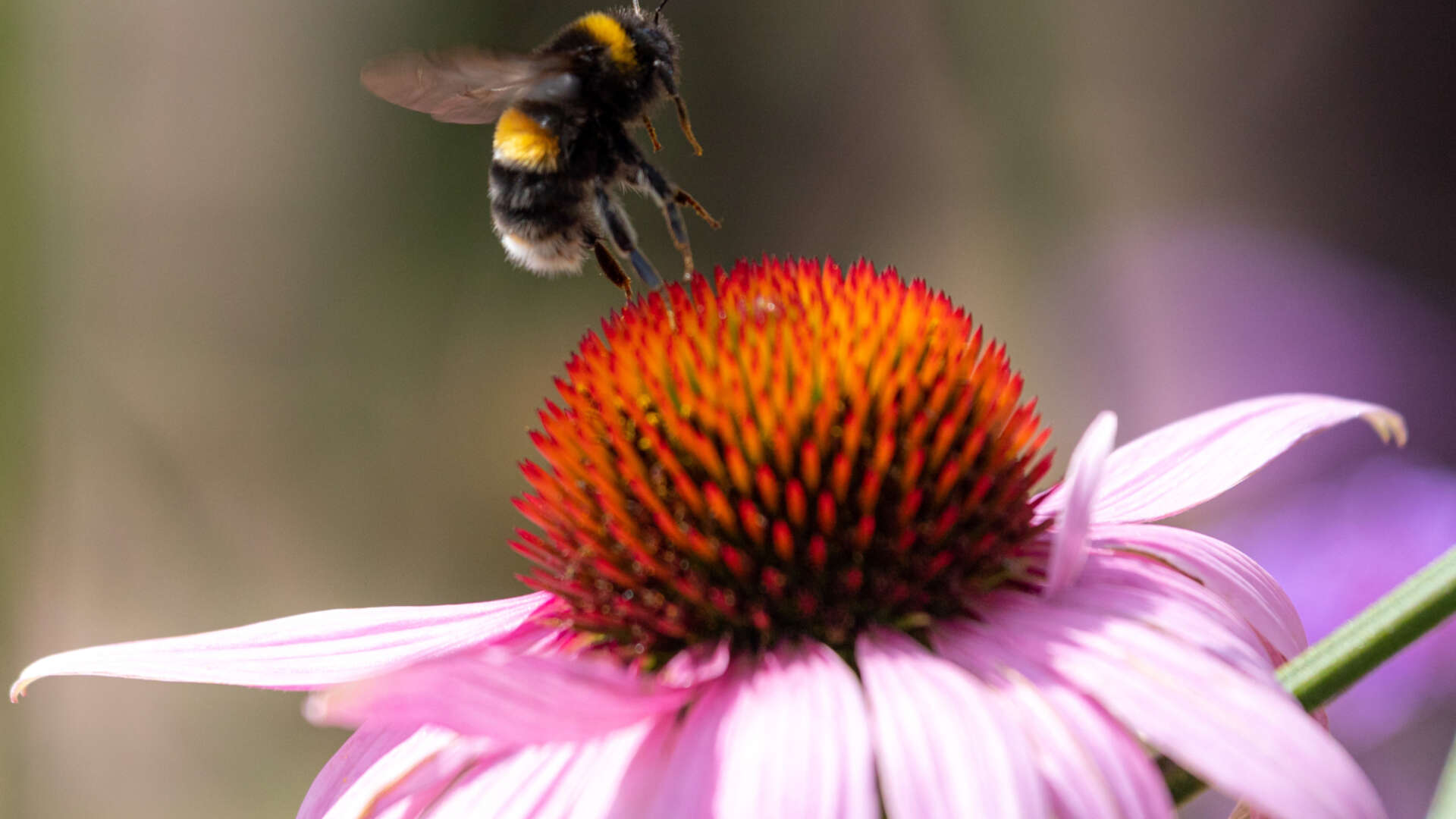Bumblebees fare better in urban areas rather than on agricultural land

Research has shown that bumblebee colonies in urban areas not only produce more offspring than those on agricultural land, but have more food stores, fewer invasions from parasitic “cuckoo” bumblebees, and survive for longer.
Scientists reared colonies from wild-caught bumblebee (Bombus terrestris) queens, and placed them at 38 sites of varying degrees of urbanization - from inner city to rural farmland. They then monitored the production of offspring across the entire colony cycle. Bees in the urban development produced more sexual offspring than those in the agricultural land. These colonies also reached higher peak size, had more food stores, encountered fewer parasite invasions and survived for longer. Although the results show a link between urbanization and bumblebee colony reproductive success, lead researcher Ash Samuelson, from Royal Holloway College, writes "The study is not saying that cities are necessarily the ideal habitat for bees." More crucially, it supports the theory that urban areas provide a refuge for pollinator populations in an otherwise barren agricultural landscape.
The research outcomes underpin the importance of cultivation of flowering plants throughout the year in gardens. These sources of nectar help bumblebees, compared to fields where - if they are present at all - flowering periods are short-lived.
Read the full paper here in the Proceedings of the Royal Society B.